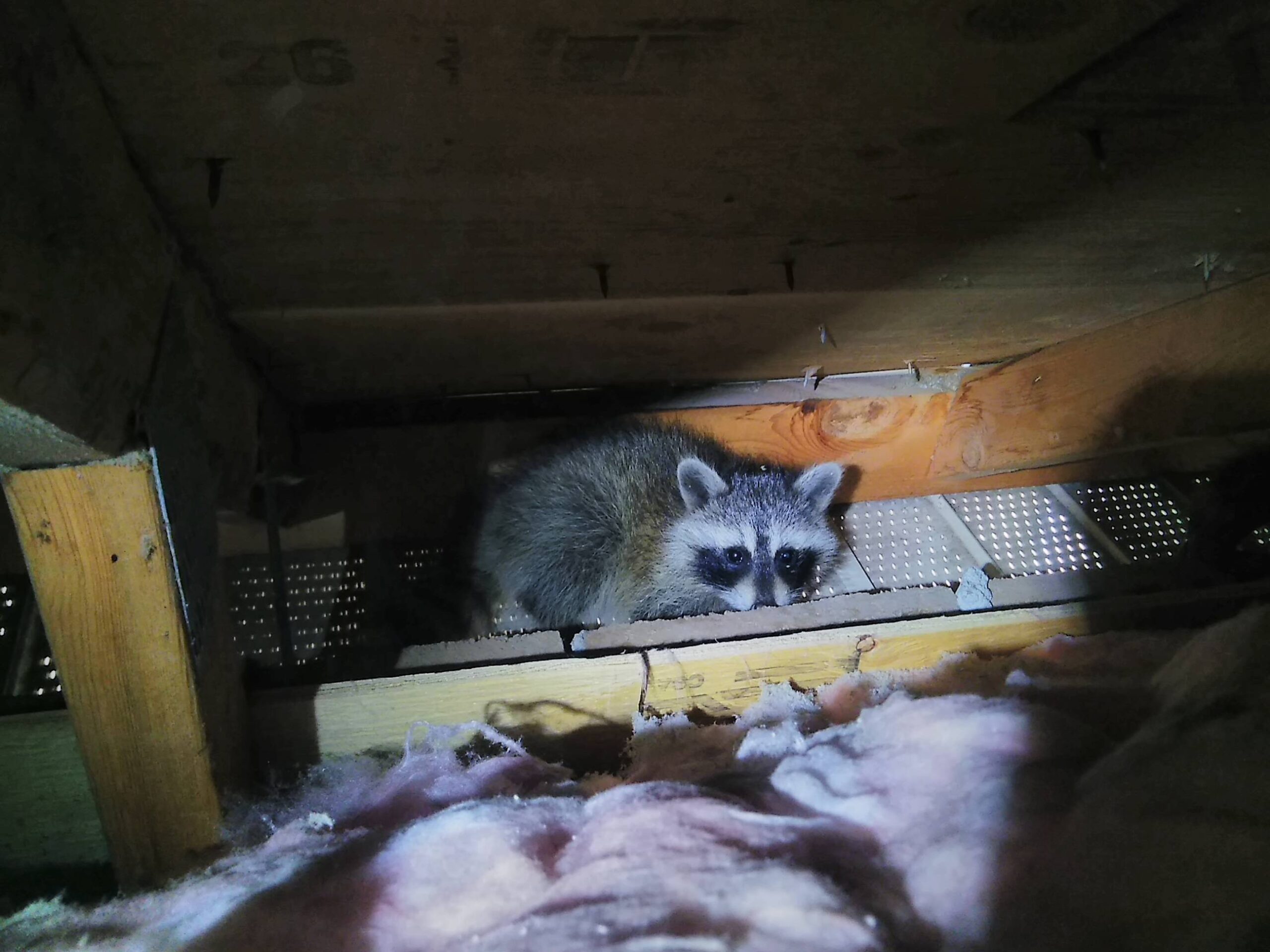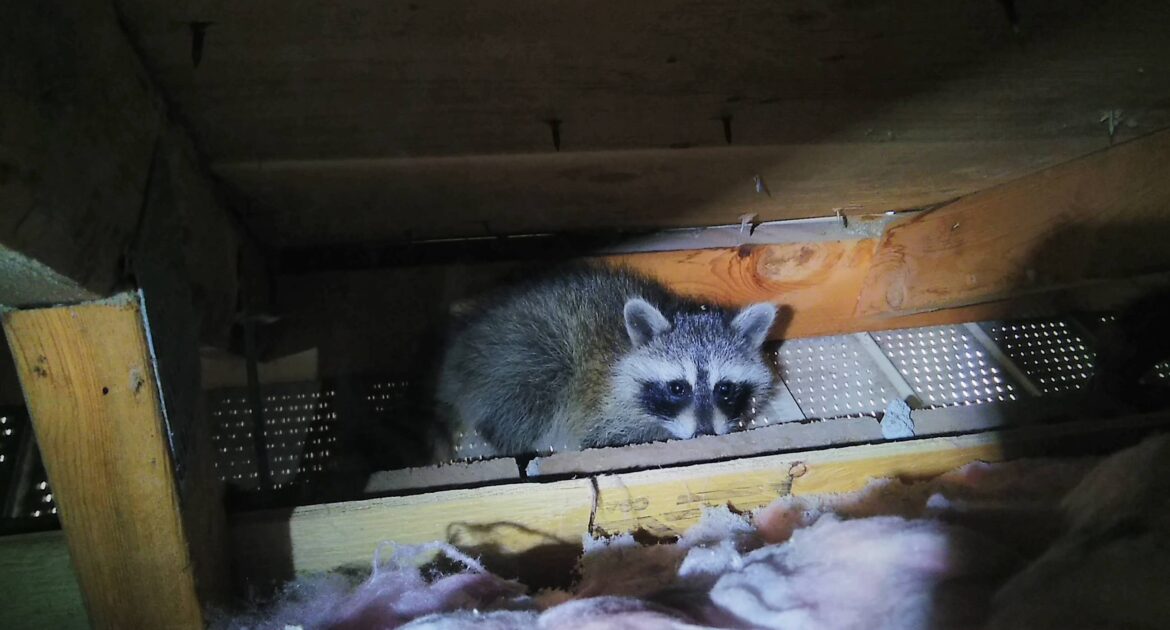Nocturnal creatures often seem strange to those of us who live primarily in the daylight. However, many night-dwelling animals have traits in common with humans. So what separates them from us? Nocturnal animals have adaptations that make them well suited to travelling and hunting in darkness. As you wait for wildlife control services to arrive, consider these facts.
Many Animals Can Switch Between Diurnal and Nocturnal Schedules
Researchers are increasingly discovering how flexible many animals’ schedules are. By studying differences between rural and urban populations, scientists have discovered that urban species are often more active at night. This is probably because humans are out during the day. As humans usually mean bad things, animals bend their schedules to avoid us.
This tendency to change isn’t new. In fact, mammals probably developed their flexibility during the time of the dinosaurs, during which much of every day was spent avoiding much larger species.
There Are Several Ways Animals See in the Dark
Based on how dependent a creature is on its ability to navigate, it may rely on its eyesight or hearing to get around at night. Though bats are perfectly capable of seeing their surroundings through vision alone, their manner of hunting insects requires a different method of sight. Bats are one of several animals that use echolocation to hunt. By emitting an extremely high-pitched sound, they can pinpoint the direction of sound reflections with a high degree of accuracy.
Raccoons, another nocturnal creature, don’t need echolocation for hunting tiny insects. Instead, they have to depend on their vision. Even though the night is dark, there is always some amount of ambient light around, whether from the moon, stars, or manmade light pollution.
Raccoons have pupils that expand to take in as much light as possible. This is why you can sometimes see the reflection of eyes when shining a light on a spot of vegetation at night. Residents calling for raccoon removal often report seeing one or more sets of eyes when shining lights into inaccessible areas like chimneys or attics.
Where Some Senses Are Weak, Others Become Stronger
Some animals, like skunks, have very poor eyesight, despite staying active during the darkest hours of the night. In such cases, other senses generally take the place of eyesight. Skunks have extremely acute senses of smell and hearing. As they are relatively low to the ground and don’t need to worry about knocking into objects or tripping. As insectivores, they simply let their noses tell them where to find prey.
Fall Is a Time of Change for Nocturnal Animals
As the days grow shorter, night-dwelling animals thrive. With more hours to remain active, they generally use the relatively moderate temperatures of the fall to build up fat stores and prepare shelters for the winter. For humans, this can mean an increased chance of an animal intrusion.
Though most wildlife goes out of their way to avoid human contact, young animals may mistake human dwellings for natural shelters. Common points of entry include areas under decks, exposed attics, decaying roofing, and uninspected siding. Because fall is a key time for finding shelter, you should be especially vigilant against intrusions during the months between October and December.
Why Contact Humane Wildlife Control?
If you have discovered an unwelcome population of wild creatures in your home, do not attempt to perform a removal on your own. An expert in humane wildlife removal can diagnose the extent of your problem and plan a removal with the safety of both humans and wildlife in mind. After animals are evicted, a professional can seal off entry points to prevent future intrusions. For experienced and professional service, call Skedaddle today.





